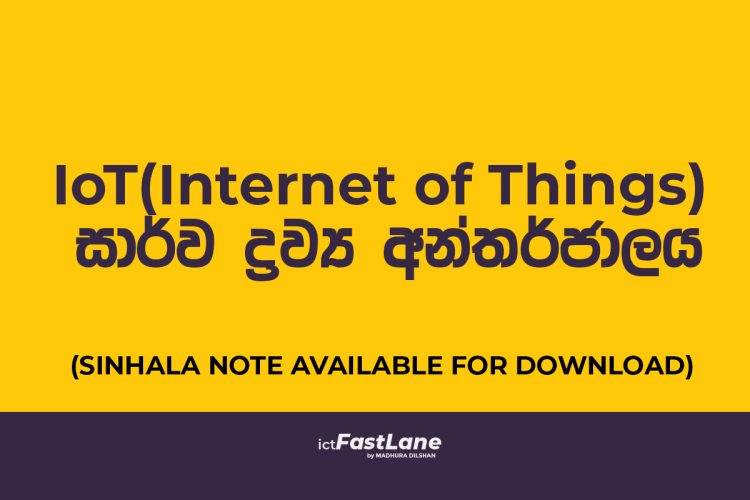
IoT stands for the Internet of Things. It refers to a network of interconnected physical devices that communicate and exchange data with each other through the internet. These devices, often embedded with sensors, actuators, and other technologies, can collect and share information, enabling them to interact with the surrounding environment and make intelligent decisions.
In simpler terms, IoT involves connecting everyday objects to the internet, allowing them to send and receive data. This connectivity opens up a wide range of possibilities for automation, monitoring, and control across various industries and sectors, including smart homes, healthcare, agriculture, manufacturing, and more.
The key components of an IoT system include:
- Devices/Things: Physical objects or devices equipped with sensors, actuators, and communication interfaces to collect and transmit data.
- Connectivity: The communication networks (e.g., Wi-Fi, cellular, Bluetooth, Zigbee) that enable devices to connect to the internet and to each other.
- Data Processing: Cloud computing or edge computing systems that analyze and process the data collected by IoT devices.
- User Interface: Interfaces that allow users to interact with and control IoT devices, often through applications or web-based platforms.

The goal of IoT is to enhance efficiency, provide new functionalities, and improve decision-making processes by harnessing the power of data generated by interconnected devices. It has the potential to revolutionize various aspects of our daily lives and significantly impact industries by creating more connected and intelligent systems.







